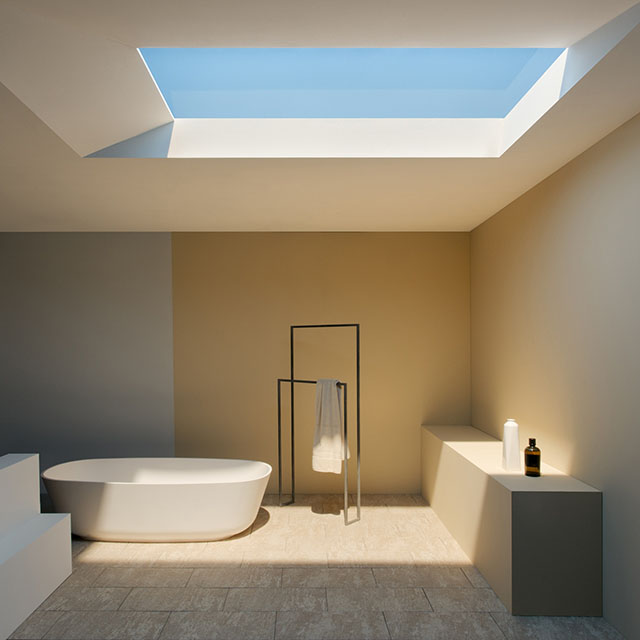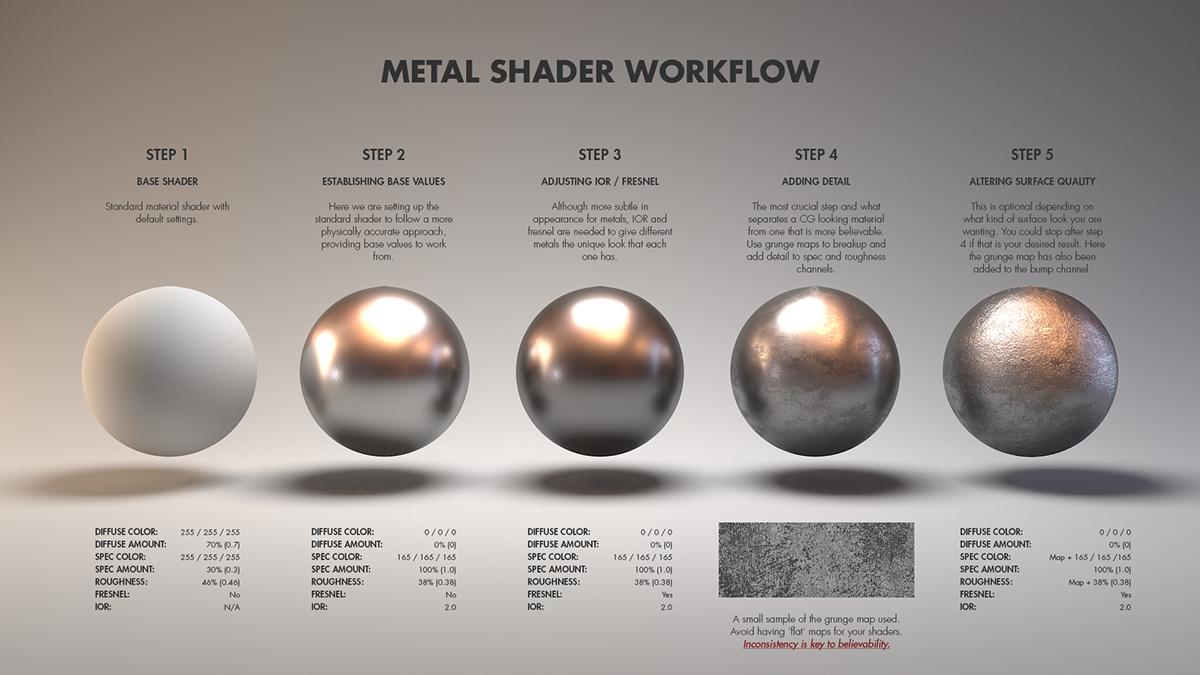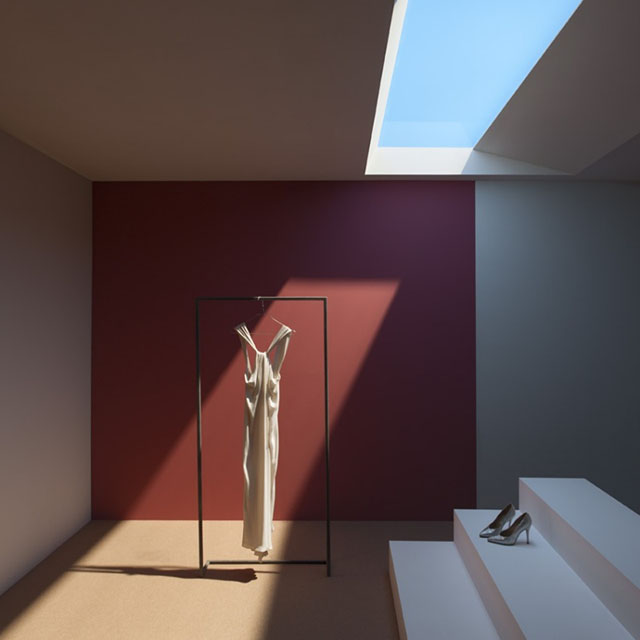About a year ago at SIGGRAPH Asia 2021 (which took place as a hybrid conference both online and on site at the Tokyo International Forum) one of the technical papers that caught my attention was the publication by Šárka Sochorová and Ondřej Jamriška on color mixing.
Color mixing in most digital painting tools is infamously unsatisfying, often limited to a linear interpolation in RBG space, resulting in unpleasing gradients very different from what one would expect. Ten years ago I mentioned this article that presented the color mixing of the application Paper, which tried to solve this very problem.
This time, the core idea is to model colors as pigments: estimate the pigment concentration based on the color, so in a way, move from RGB space to “pigment space”, and interpolate the pigment concentration, before converting back to RGB space.
The paper uses the Kubelka-Munk model for estimating colors from pigment concentration. The problem however is to find a transformation between the two spaces. A first assumption is made on the available pigments: essentially restricting them to CMYK. Then two problems are addressed: RGB colors that cannot be represented with those pigments, and likewise pigment colors that cannot be represented in RGB.
The paper proposes a remapping that enables a transform and its inverse, thus allowing to move from RGB space to pigment space, interpolate in pigment space, and move back to RGB space.
You could argue this is therefore a physically based diffuse color mixing.
Finally, the implementation of the proposed model, Mixbox, is available under a CC BY-NC license:
https://github.com/scrtwpns/mixbox
Two Minute Papers did a video on this paper as well:





